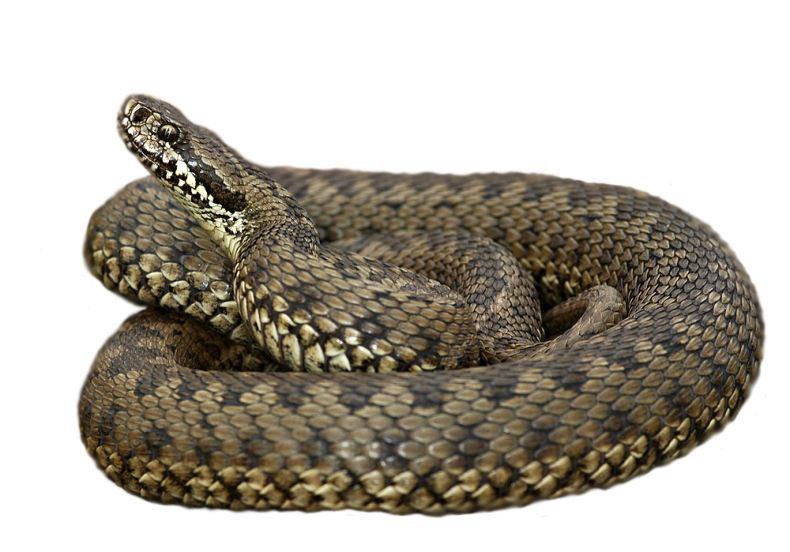Vipera berus
Vipera berus (Linnaeus, 1758)
Syn.: Common viper, Common Adder, Common European northern viper
The areal of Vipera berus habitation in Russia

The Common viper has the most area of habitation in the world. It spreads from Britain in the west to the Sakhalin in the east. In the limits of its areal viper forms four subspecies and two of them dwell in Russia. Nominative subspecies (Vipera berus berus) extends on the wide area of habitation from northern-west of Russia (Murmansk region) up to even very south of Primorye at Far East where the Sakhalin Island adder subspecies of Common viper inhabits (Vipera berus sachalinensis, Tzarewsky, 1916). In spite of the established opinion about inhabitation of Far Eastern subspecies of Common viper on the continental part of Far East, some individuals of vipers which were captured and brought from those places were reckoned by us as nominative subspecies in the view of pholidosis characteristics. Notable that in the times of Japanese occupation of Sakhalin near Esutoru town (now Uglegorsk) up to the 1945 had functioned the serpentarium where they kept vipers and produced venom. The ruins of serpentarium construction remained up to the present time.
The Common viper (Vipera berus) is a middle size snake. According to the literature sources the maximum size comes up to 760 mm. But in our practice we met bigger individuals. They were female of 870 mm body long and weigh little more than 500 g. Among all the snakes worldwide the viper is probably the most variable in colour and patterns. Except the most typical grey-brown and black colours we observed vipers having tints of bluish, greenish, brick-red and some other. Besides the distinctive zigzag on the back (or its absence of melanistic vipers) we observed slanting strokes and solid or interrupted lines and from time to time asymmetric patterns. The sexual dimorphism in colours also occurs. In 1988 in Staritsky area of Tver region they captured the adult female of melanistic viper having on its thin dark-grey skin some scales shining like strasses. The snake was clinically healthy and well-fed. It should be noticed that the variety of colours and patterns is significant for European part of viper’s area of habitation. In Asian part the population of Common viper is phenotypically more similar and deviations of typical colours and patterns are extremely rare.
News
03/15/2016 12/23/2015
Siberian Serpentarium has got the Certificate of GMP compliance
04/27/2015